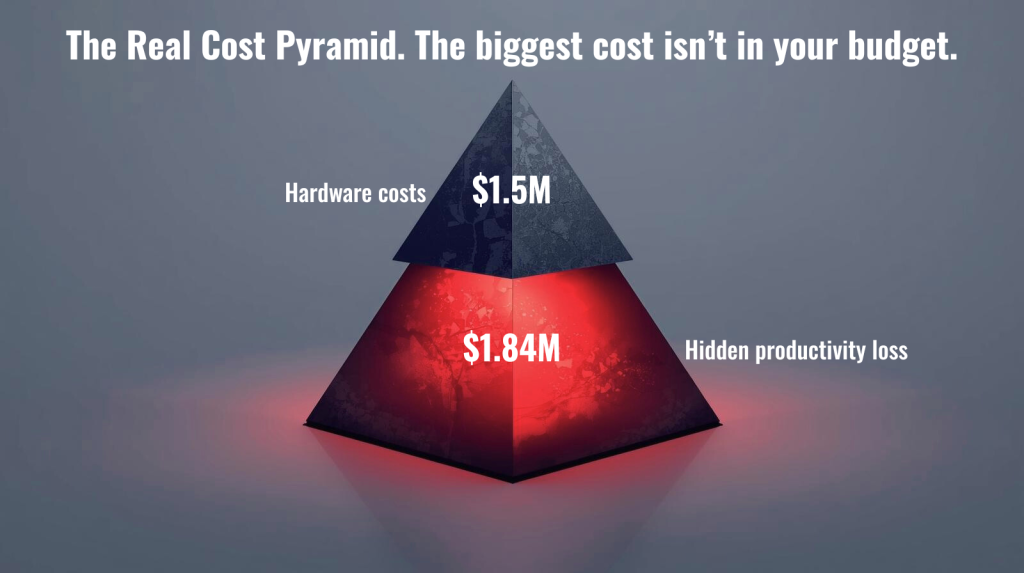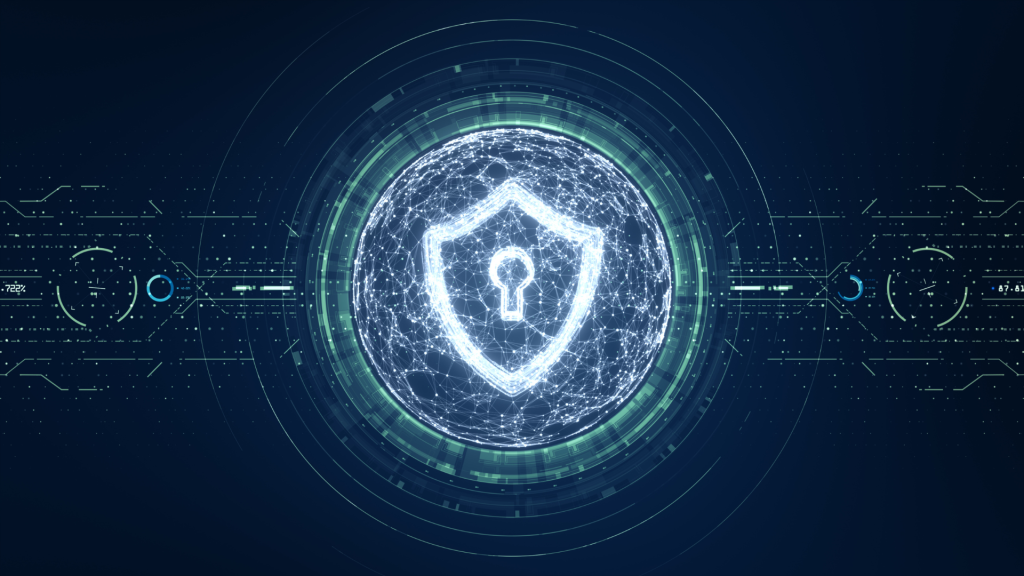In the context of modern cybersecurity, the concept of Zero Trust has emerged as a foundational principle that significantly enhances the security posture of organizations. Zero Trust is a security model that operates on the assumption that threats could exist both outside and inside the network. Therefore, no user, device, or system should be trusted by default, regardless of whether they are inside or outside the organization’s network perimeter. Instead, trust must be continuously verified, and access to resources must be granted based on strict identity verification and granular access controls.
What is Zero Trust?
At its core, Zero Trust is about eliminating the concept of “trust but verify.” Instead, it adopts a “never trust, always verify” approach. Every access request, whether from within the organization’s network or from an external location, is treated as potentially malicious and is subject to rigorous verification processes. This model ensures that only authenticated and authorized users or devices can access resources, and even then, they only receive access to the minimum resources necessary to perform their tasks.
Key components of a Zero Trust architecture include:
- Identity Verification: Ensuring that every user, device, or system is who or what it claims to be before granting access.
- Least Privilege Access: Users and devices are granted the minimum level of access required to perform their functions.
- Micro-Segmentation: Dividing the network into small segments to minimize the impact of potential breaches and control access at a granular level.
- Continuous Monitoring: Continuously monitoring and assessing user behavior and network activity for signs of suspicious behavior.
- Adaptive Access Control: Adjusting access privileges dynamically based on context, such as the user’s location, device health, or the sensitivity of the data being accessed.
Benefits of Zero Trust in the Context of IT Management and Oversight
Implementing a Zero Trust architecture aligns perfectly with the strategic goals discussed in the narrative above, enhancing security, operational efficiency, and overall business success.
Enhanced Security Posture
Zero Trust significantly strengthens an organization’s security by ensuring that no entity is trusted by default. This approach minimizes the risk of unauthorized access, insider threats, and lateral movement within the network, which are common methods used by attackers to escalate privileges and cause damage.
Strategic Benefit: For executives, this means that the business is better protected against data breaches, reducing the likelihood of costly incidents that can harm the company’s reputation and financial health. A Zero Trust approach ensures that even if an attacker gains initial access, they are unlikely to move freely within the network, limiting the potential damage.
Improved Compliance and Risk Management
Many regulatory frameworks, such as GDPR, HIPAA, and PCI DSS, require stringent access controls and continuous monitoring of sensitive data. Zero Trust helps organizations meet these compliance requirements by enforcing strict access controls and maintaining detailed logs of all access attempts.
Strategic Benefit: By adopting Zero Trust, executives can ensure that their organization remains compliant with industry regulations, avoiding hefty fines and legal penalties. This approach also simplifies audits and reporting, providing clear evidence that the organization is taking proactive measures to protect sensitive data.
Increased Agility and Operational Efficiency
Zero Trust supports the dynamic nature of modern business environments by allowing secure access from any location, on any device. This flexibility is particularly important as more organizations adopt remote work and cloud-based services. Zero Trust enables secure remote access without compromising security, making it easier to support a distributed workforce.
Strategic Benefit: For executives, this means the organization can adapt quickly to changes, such as shifting to remote work or integrating new cloud services, without exposing the business to additional risks. The ability to securely manage a flexible IT environment helps the organization stay competitive and responsive to market demands.
Simplified IT Management and Reduced Complexity
While Zero Trust might seem complex at first glance, it actually simplifies IT management by unifying security policies across the entire network, regardless of where users or devices are located. This approach reduces the need for multiple security solutions and streamlines the process of managing access controls.
Strategic Benefit: For executives, this translates into lower operational costs and reduced complexity in IT management. By consolidating security measures under a unified Zero Trust framework, the organization can eliminate redundant security tools and processes, freeing up resources to focus on strategic initiatives that drive business growth.
Greater Resilience Against Cyber Threats
By continuously verifying every access request and minimizing the potential impact of breaches through micro-segmentation, Zero Trust creates a more resilient IT infrastructure. This resilience is crucial in defending against advanced persistent threats (APTs) and other sophisticated cyberattacks that can bypass traditional security measures.
Strategic Benefit: Executives can rest assured that their organization is better prepared to withstand and recover from cyberattacks. This resilience not only protects the business’s critical assets but also ensures continuity of operations, even in the face of sophisticated threats. This continuity is essential for maintaining customer trust and avoiding disruptions that could negatively impact the business.
Conclusion: Zero Trust as a Strategic Imperative
Incorporating Zero Trust into the organization’s IT strategy is not just a security enhancement—it’s a strategic imperative that aligns with the broader goals of improving operational efficiency, protecting the business from cyber threats, and ensuring compliance with regulatory requirements. For executives, Zero Trust offers a way to achieve greater oversight and control over the organization’s IT environment, reducing risk while enabling agility and growth. In an increasingly interconnected and complex digital landscape, Zero Trust provides the foundation for a secure, resilient, and forward-looking business strategy.
At Advance2000, we understand the critical importance of reducing business risk, optimizing productivity, and driving strategic value to enhance your bottom line. As the nation’s leading private cloud provider, we offer comprehensive solutions designed to help you implement effective strategies that align with your business goals. Contact us today to learn more about how we can protect your digital assets and support your organization’s growth.



